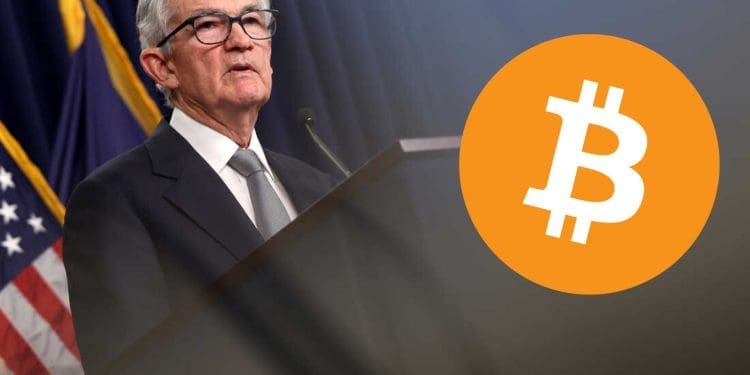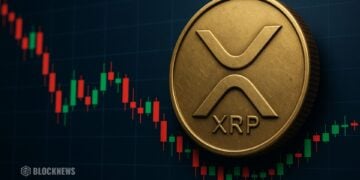• Wall Street is pushing out expectations for when the Federal Reserve will start cutting interest rates, with some now seeing a risk of no cuts until March 2025.
• Economists and strategists now see the Fed waiting until at least September to cut rates, and some are entertaining the possibility of no reductions at all this year.
• The lack of progress in lowering inflation to the Fed’s 2% target is prompting concerns that it may take longer than expected for the central bank to gain enough confidence to start easing policy.
Economists and strategists now see the Fed waiting until at least September to cut interest rates and are increasingly entertaining the possibility of no reductions at all this year.
Rate Cuts Unlikely Before September
Mark Zandi, chief economist at Moody’s Analytics, said there is a real risk that the Fed won’t cut until March 2025 at the earliest, though for now they’re still going with a December forecast.
Most readings are putting inflation around 3% and not moving appreciably for several months, so the Fed faces a tough challenge getting inflation down to its 2% target. This means rate cuts before September are unlikely.
Possibility of No Rate Cuts This Year
According to Bank of America economists, there is a real risk that the Fed won’t cut at all in 2024. Markets had initially priced in at least six quarter-percentage point reductions this year.
“We think policymakers will not feel comfortable starting the cutting cycle in June or even September,” said BofA economist Stephen Juneau.
The uncertainty about rate cuts this year is spreading across Wall Street. While some still expect cuts, the possibility of no action in 2024 can’t be ruled out.
Hope for Lower Inflation Data
There is still hope that inflation data turns lower in the coming months, which would give the Fed room to cut rates.
Citigroup expects the Fed to begin cutting in June or July and reduce rates several times this year. They believe the central bank will be pleasantly surprised by inflation data and cut rates accordingly.
So if disinflation continues, the pause on rate cuts could be temporary. But the Fed remains vulnerable to delaying cuts if near-term inflation stays high.
Risk of Policy Mistake
Some economists warn there is danger in the Fed keeping rates higher for longer. This could threaten labor market stability and hurt areas like regional banks.
Mark Zandi said the Fed should have already been cutting rates with inflation cooling from mid-2022 highs. He argues the Fed risks breaking something in the financial system for little benefit at this point.
Conclusion
The Fed finds itself in a tough position on rate cuts due to stubbornly high inflation. While many still expect cuts this year, there is a real risk of no action until 2025 or later. The path forward depends on inflation data in coming months.














